Being a Service Architect
Over the past few weeks, I have been working on blueprinting my service solution for my Masters. So far, I have developed five distinct concepts for visual representation:
- Rooms of Knowledge
- Service Stairway
- Painting on the wall
- Illustration of machinery
- 2D.3D.4D dynamic dimensions
In summary, I am developing a service for design students and graduates that offers them an accessible pathway into the service design industry.
The models all have different levels of representation and detail, each illustrating how my understanding of what a 'service blueprint' has to be, and during the process the potential of what it could be (visually) has evolved.
ROOMS OF KNOWLEDGE
Working with the metaphor that 'service design' is a building, I developed one 'service design floor' - and mapped user journeys through this environment. The 'Rooms of Knowledge' are static - the 'experience' becomes tactile. This visual method asks questions such as; How does each room support learning? What are the props needed to support learning?

So, which service design floor are you on? Is your current understanding peripheral or deep? What floor do you want to go to? Do you want to fast track between floors, or systematically go into every room? Serendipity causes people to enter the 'Rooms of Knowledge' by chance, whilst the physical rooms have different experiences.
SERVICE DESIGN STAIRWAY

PAINTING ON THE WALL
Thinking big and playing with colourful paints enabled me to feel less cautious of the content and more focused on the route that users take through the service: Scribbling is an exploration. You start from nothing and learn as you go.”

SERVICE AS A MACHINE
Looking at the movement of machines and the components that make up their function, I took visual inspiration from a postcard design from NESTA's Starter for 6 initiative. Drawing the service in this way has enabled me to think about how each 'stage' of the service impacts on the next stage in the process - every aspect a cog in a system.

2D 3D 4D DIMENSIONS
Conceptually considering 2D as learnings, 3D as the landscape and 4D as the dynamic network, I am thinking dimensionally and treating the experience like a 3 dimensional shape. This is helps me think about the channels and routes into, through and out of the service, and view the experience holistically.

I am aiming to incorporate backstage / physical touchpoints and user experiences into my final service design blueprint. So now a week of ultimate play lies ahead, as I turn the 'editor' down low and become an 'architect'. I am putting my pen and paper away (!!) with an aim to be very spatial. My study adviser believes I am on my way to developing "an iconic new way of representing a service". Very high hopes... I best get on with it!
